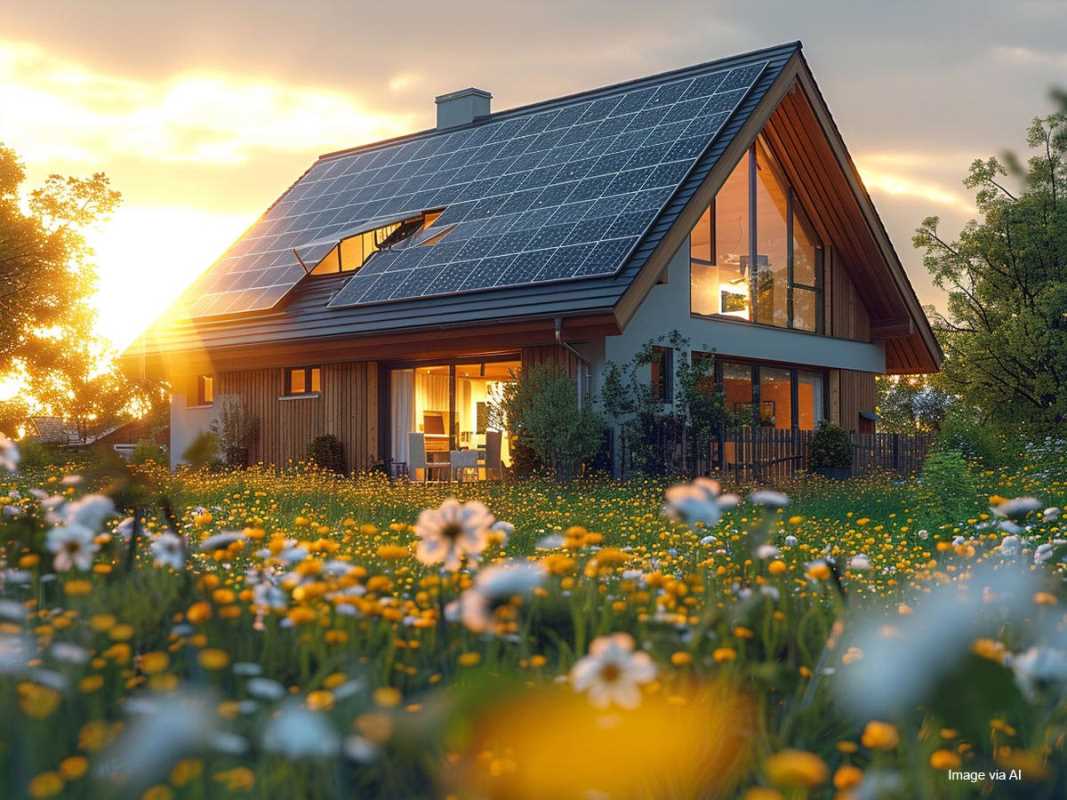In an era where sustainability is at the forefront of global consciousness, eco-friendly architecture has emerged as a vital field. This discipline not only emphasizes the aesthetic and functional aspects of building design but also prioritizes environmental responsibility. As society grapples with the challenges of climate change and resource depletion, the role of eco-friendly architects becomes increasingly significant, shaping a future where buildings harmonize with their natural surroundings.
The Role of an Eco-friendly Architect
- Designing buildings that minimize environmental impact through sustainable materials and energy-efficient systems.
- Conducting site analyses to optimize natural light, ventilation, and landscape integration.
- Collaborating with engineers, builders, and clients to ensure that eco-friendly principles are integrated into every stage of the construction process.
- Staying updated with the latest green technologies and building standards to implement innovative solutions.
- Overseeing the implementation of sustainable practices during construction to ensure adherence to design specifications.
- Educating clients and stakeholders about the benefits of sustainable architecture and guiding them in making informed decisions.
Educational Pathways
- Obtain a high school diploma with a strong foundation in mathematics, science, and art.
- Earn a bachelor’s degree in architecture from an accredited university, focusing on sustainable design courses.
- Complete an internship or apprenticeship with a firm specializing in eco-friendly architecture to gain practical experience.
- Pursue licensure by passing the Architect Registration Examination (ARE) and fulfilling any regional requirements.
- Consider obtaining advanced certifications in sustainable design, such as Leadership in Energy and Environmental Design (LEED) accreditation.
- Engage in continuous education to stay abreast of emerging trends and technologies in green architecture.
Staying informed about the latest developments and continuously updating your skills will position you as a knowledgeable and adaptable professional in the evolving landscape of eco-friendly architecture.
Skills and Competencies
A career in eco-friendly architecture demands a blend of technical knowledge and creative prowess. Architects must possess a deep understanding of sustainable materials, energy-efficient systems, and environmental regulations. Strong analytical skills are essential for conducting site assessments and optimizing building performance. Creativity plays a crucial role in designing innovative structures that are both functional and aesthetically pleasing. Effective communication skills are necessary for collaborating with diverse teams and conveying sustainable concepts to clients and stakeholders. Problem-solving abilities are also vital, as architects must address environmental challenges and develop solutions that meet both ecological and client needs. Proficiency in design software and familiarity with building information modeling (BIM) tools further enhance an architect’s ability to bring sustainable visions to life.
Current Trends and Innovations in Eco-friendly Architecture
The field of eco-friendly architecture is continually evolving, driven by technological advancements and a deepening understanding of environmental impacts. One prominent trend is the integration of smart building technologies that optimize energy usage and enhance occupant comfort. Renewable energy sources, such as solar panels and wind turbines, are becoming standard features in sustainable designs, reducing reliance on non-renewable power. Green roofs and living walls not only contribute to thermal insulation but also improve air quality and support biodiversity. The use of recycled and locally sourced materials is gaining traction, minimizing the carbon footprint associated with construction. There is a growing emphasis on designing multi-functional spaces that adapt to changing needs, promoting longevity and reducing waste. Innovations in water management, including rainwater harvesting and greywater recycling systems, are also integral to modern eco-friendly architecture. These trends reflect a holistic approach to sustainability, where every aspect of a building's lifecycle is considered to minimize environmental impact.
Career Opportunities and Job Outlook
The demand for eco-friendly architects is on the rise as more organizations and individuals seek sustainable building solutions. Career opportunities exist in architectural firms, construction companies, and governmental agencies focused on urban planning and environmental conservation. There is a growing market for consultants who specialize in sustainable design practices. According to recent industry reports, the job outlook for eco-friendly architects is promising, with a steady increase in employment opportunities projected over the next decade. This growth is fueled by heightened awareness of environmental issues and the implementation of stricter building codes and regulations that mandate sustainable practices.
Networking and Professional Development
Building a successful eco-friendly architecture career involves more than academic qualifications and technical skills. Networking plays a crucial role in connecting with industry leaders, potential employers, and peers who share a commitment to sustainability. Participating in professional organizations, such as the American Institute of Architects (AIA) or the U.S. Green Building Council (USGBC), provides opportunities for collaboration and knowledge exchange. Attending conferences, workshops, and seminars focused on sustainable design can keep architects informed about the latest trends and innovations. Engaging in online forums and social media groups dedicated to green architecture fosters relationships that can lead to mentorship and career advancement. Continuous professional development is essential, as it enables architects to stay current with evolving standards, emerging technologies, and best practices in sustainable design. Pursuing advanced certifications and specialized training further enhances an architect’s expertise and marketability within the field.
Embarking on a career in eco-friendly architecture offers the chance to make a meaningful impact on the environment while pursuing professional fulfillment. As the demand for sustainable building practices continues to grow, architects dedicated to eco-friendly principles will play a pivotal role in shaping a greener future.
 (Image source: Midjourney)
(Image source: Midjourney) 





